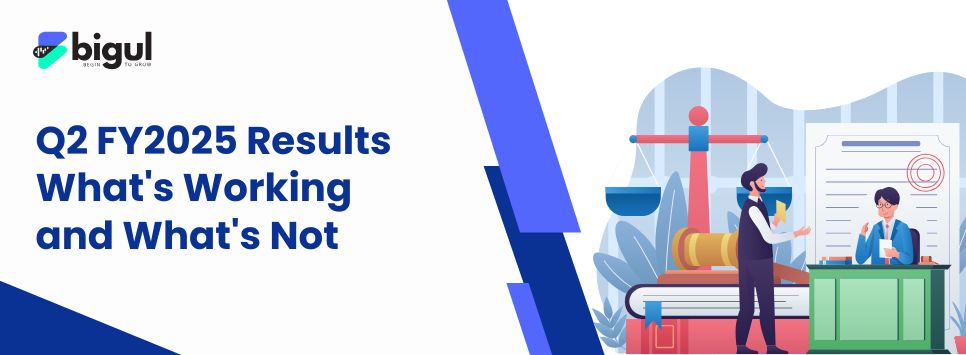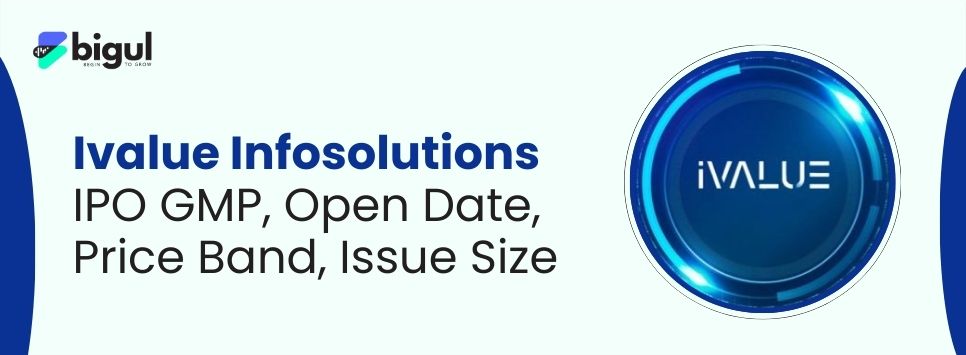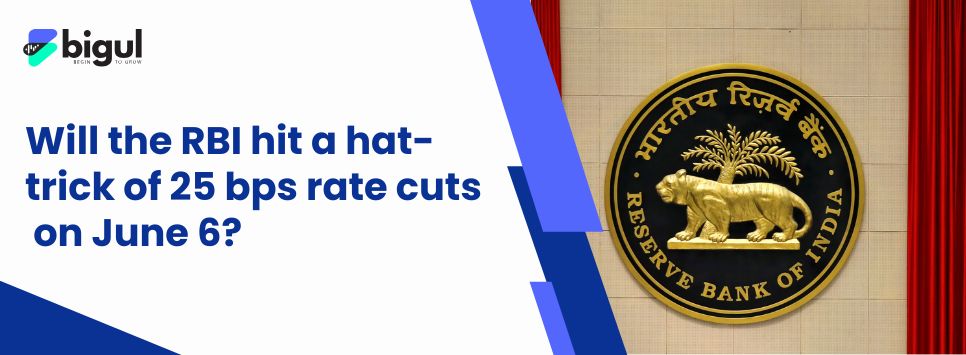All eyes are on the Reserve Bank of India (RBI) as it prepares to announce its monetary policy decision on June 6. With back-to-back repo rate cuts of 25 basis points (bps) in February and April 2025—bringing the India repo rate down to 6%—economists, homebuyers, and investors alike are asking: Will Governor Sanjay Malhotra deliver a historic hat-trick?
The stakes are high. Inflation has plunged to a six-year low of 3.2%, economic growth is cooling, and global trade storms are gathering. For millions, this decision could mean cheaper home loans, revived business investments, and a lifeline for an economy navigating uncertainty.
Is The Stage Set for a Third-Rate Cut?
A confluence of domestic and global factors has primed the RBI for another rate cut. Retail inflation has stayed under the bank’s 4% target for the past three months, proving that prices are not rising rapidly. Even more noticeable is that disinflation covers food, manufacturing and services and can’t be explained just by food price volatility. This gives the Governor of the Reserve Bank of India, Sanjay Malhotra, the confidence to prioritise growth without fearing an inflation surge
Meanwhile, India’s GDP growth slipped to 6.5% in FY25, its slowest pace in four years. While Q4 numbers showed resilience at 7.4%, cracks are emerging: weak rural consumption, subdued private investment, and a manufacturing slump. Add to this the U.S.-China trade war’s fallout—including recent U.S. tariffs on Indian imports, which could shave 20–40 bps off India’s growth. A Chief Economist at Bank of Baroda notes, “Given the benign inflation and comfortable liquidity, the MPC has every reason to cut rates again”.
The consensus? A near-certain 25 bps cut. Reuters polls show 53 of 61 economists expect the repo rate of the RBI to drop to 5.75%. Nomura goes further, predicting a total of 100 bps in cuts through 2025—double the market’s expectation—driven by “below-trend growth and subdued inflation”.
Economic Winds Favouring Accommodation
The RBI’s shift from a neutral to an accommodative stance in April was no accident. It was a strategic pivot to shield India’s economy from mounting headwinds. Let’s break down the forces at play:
-
Inflation’s Deep Dive: Food prices, aided by robust winter harvests and smoother supply chains, are tumbling. Core inflation (excluding food and fuel) remains muted due to soft manufacturing costs and moderating wage growth. Nomura forecasts inflation could dip below 3% over the next six months—far under the RBI’s target. This isn’t a blip; it’s a sustained trend.
-
Growth at Risk: Urban consumption is faltering under tepid income growth and stressed household budgets. Private capex remains sluggish, crowded out by cheap Chinese imports. Though services exports are resilient, merchandise trade faces global demand headwinds. With FY26 growth projected at 6.2% (below RBI’s 6.5% forecast), monetary stimulus is critical.
-
Global Pressures: U.S. tariff hikes and trade fragmentation threaten India’s export-led recovery. Yet the RBI is poised to diverge from the U.S. Federal Reserve. As Nomura emphasises, India’s contained current account deficit (0.6% of GDP) and stable currency allow central bank interest rates to respond to domestic needs, not just global cues.
Liquidity is another lever. The RBI has flooded the banking system with surplus cash (∼1% of NDTL) to ensure rate cuts translate into cheaper loans. So far, transmission has been uneven—public sector banks reduced lending rates faster than private peers. Another cut could accelerate this passthrough, especially for small businesses and homebuyers.
Will New Home Owners Be The Biggest Winners?
If the RBI secures its hat-trick cut on June 6, home loan rates in India could dip below 7.75%—a psychological milestone for affordability. For borrowers, this isn’t just about symbolism; it’s tangible relief. Consider a Rs50-lakh loan over 20 years: a 50 bps rate cut since February slashes monthly EMIs by Rs1,960 and total interest by Rs4.7 lakh. Another 25 bps would deepen those savings.
“Home loan rates are about to go sub-eight again,” says the CEO of BankBazaar. But there’s a catch: transmission varies wildly. Public sector banks like UCO Bank and Canara Bank already offer rates as low as 7.75–7.80%, passing cuts swiftly. Private lenders like Axis and ICICI, however, have held rates at 8.75% by adjusting spreads. For existing borrowers, this means checking if your loan is linked to the repo rate (reset quarterly) or older benchmarks like MCLR. Switching to an external benchmark-linked loan could save thousands.
Beyond June: A Deeper Easing Cycle?
June’s expected cut is likely just the opening act. The RBI’s accommodative stance signals a longer runway for rate reductions. Nomura forecasts three more 25 bps cuts in August, October, and December, dragging the repo rate of the RBI to 5% by year-end. State Bank of India even floated a 50 bps “jumbo cut” possibility, arguing it could revive credit cycles faster.
Yet risks linger. Monsoon volatility could spike food inflation. Trade wars might escalate, denting exports.
The influence of RBI’s interest rate cut could be weakened because it takes private lenders a lot of time to pass the cut on to borrowers. Governor Malhotra’s actions ensure that the central bank is nimble, sensible and ready to resolve instances where the Indian economy conflicts with the practices of other central banks.









.jpg)
.jpg)
